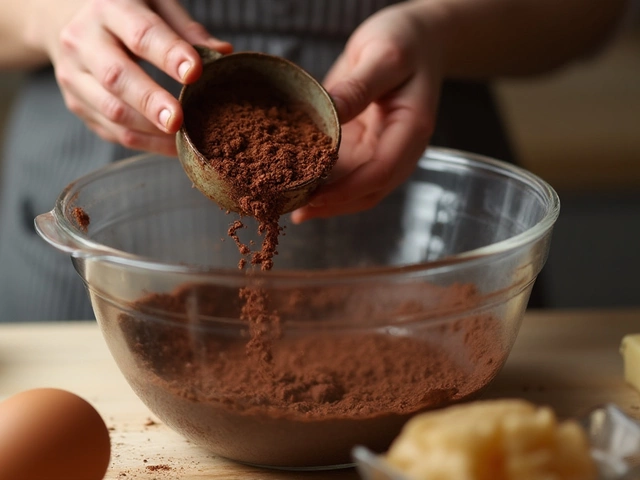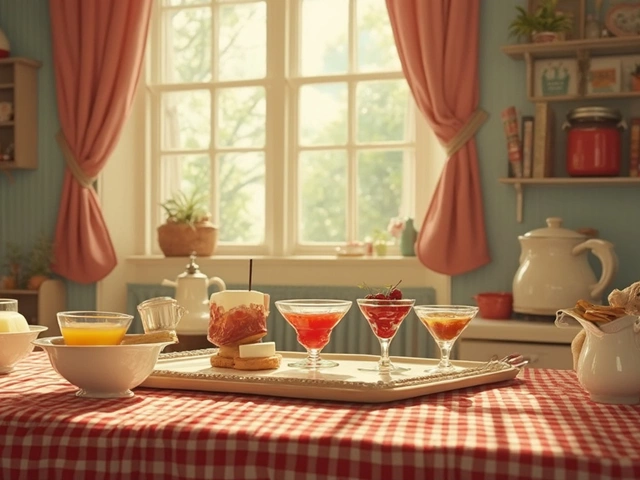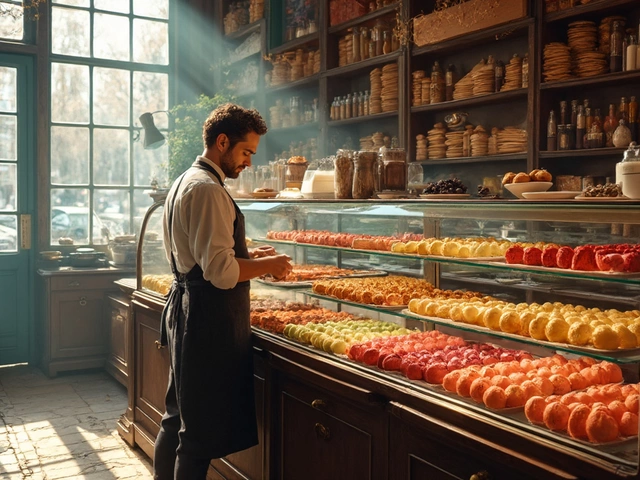Ever thought about skipping sugar in your favorite cookie recipe? Maybe you’re curious. Maybe you accidentally ran out of sugar and you’re staring at your half-mixed dough, wondering if it's still worth pulling out the oven mitts. Plenty of people try it for health, curiosity, or just by mistake. But the results might actually shock you—and not always in a good way. Sugar isn’t just about sweetness; it does a lot more heavy lifting than most people realize. Yanking it out isn’t as simple as it sounds, especially if you want cookies that are delicious, golden, and don’t taste like cardboard.
Why Sugar in Cookies Is About More Than Sweetness
Sugar’s job in cookies isn’t only about making them taste good. Of course, it brings the obvious, comforting sweet note that we all crave. But at a chemical level, sugar is basically the backbone of classic cookie magic. Skip it, and things go haywire. It’s fascinating: sugar actually attracts and locks in moisture, which keeps your cookies soft and chewy inside. If you’ve ever bitten into a crunchy hockey puck and wondered where things went wrong, the answer is almost always a sugar mistake. The science here is pretty cool: sugar bonds with water molecules, and keeps gluten from toughening up as the dough bakes. That’s why when you bake bread, you want strong gluten, but with cookies, you want it relaxed. Think about those melt-in-your-mouth shortbread cookies—without sugar, the texture would be dull and chalky.
Next up, browning. That golden, irresistible color (and that hint of caramel flavor) comes from something called the Maillard reaction. It’s a fancy name, but what’s really happening is that sugar and proteins in your flour collide at high temperatures and create not just brown color, but a whole range of new flavors. Take away the sugar, and your cookies may come out looking pale, tired, and frankly, kind of sad. No one brags about baking ghostly white cookies for the bake sale.
Another thing: spread. Sugar liquefies at baking temperatures, so it helps your dough spread just right on the tray. No sugar, and sometimes your dough stays right where you plopped it, which for drop cookies can lead to odd little mounds instead of those classic circles. On the flip side, if you swap regular sugar for a liquid sweetener or an artificial one (that doesn’t behave the same way when heated), your cookies might spread out until they’re flat as pancakes. Been there—my cat Whiskers even gave me that “what’s that?” look the first time I tried honey instead of sugar.
There’s also flavor. This sounds obvious, but without sugar, your cookies don’t just taste less sweet. They can taste… well, “off.” Sugar balances the bitterness of cocoa, the tang of citrus, and even brings out the aroma of spices like cinnamon and nutmeg. Eat a sugarless peanut butter cookie, and it can taste oddly salty. A chocolate chip cookie turns into something a bit more like a dense dinner roll than anything you’d want with milk.
Believe it or not, sugar’s effect on moisture also gives your cookies shelf life. That’s why bakery cookies stay fresh and soft for days. Cut out all sugar, and they’re hard by dinner. Interesting fact: the FDA notes that sugars also act as food preservatives for this very reason.
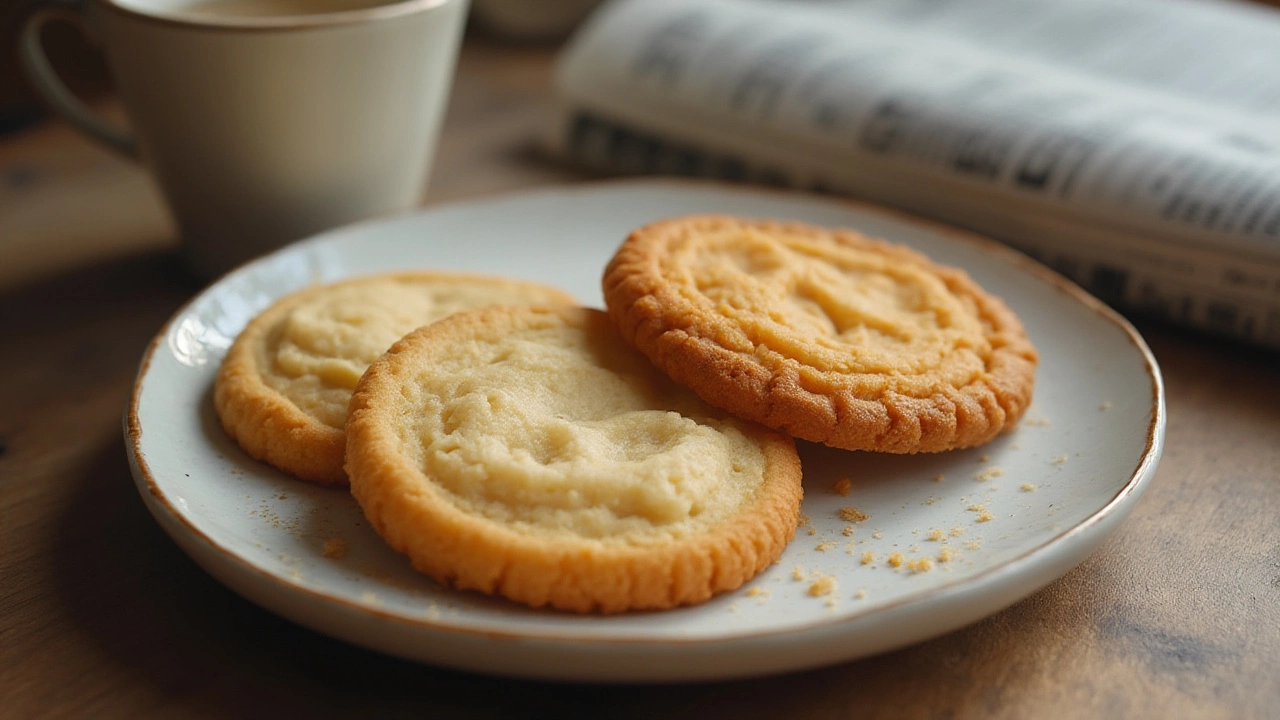
The Real-World Results of No-Sugar Cookies
So, what actually happens when you leave out the sugar? Here’s what to expect, whether you do this intentionally or by accident. Your dough will likely be thicker and stiffer, so spreading could be a real problem—especially if you’re using cold butter. You might inherit lumps more reminiscent of scones or biscuits. And about color: don’t expect that golden shade you’re used to. Instead, your cookies might be pale or only just barely toasted, because the Maillard reaction simply isn’t happening.
The biggest surprise for most folks is the dramatic shift in texture. In standard cookies, sugar melts and spreads, then recrystallizes as they cool, helping you achieve that crisp edge and soft center. Without it, the fat in the dough can’t distribute evenly, so cookies end up either tough and dry, or oddly cake-like. In one study by America’s Test Kitchen, researchers compared regular and no-sugar versions of chocolate chip, peanut butter, and oatmeal cookies—across the board, testers described the sugarless versions as mealy, gummy, or just plain hard. The same thing goes for flavor. Taking out sugar unmasks bitter and sour notes that flour and leaveners (especially baking soda) can leave behind.
If you’re still tempted, here’s a taste experiment: save a bit of plain cookie dough before you add the sugar. Bake a couple of rounds — one batch just as-is, and one as the recipe intends. The difference will be obvious at first bite. Even Whiskers seemed unimpressed by my “test cookie” crumbs on the kitchen counter.
Ready for a comparison table? Here’s how sugar, various sugar substitutes, and no-sugar recipes stack up on the things that matter most in cookies:
| Cookie Attribute | With Sugar | Sugar Substitutes | No Sugar |
|---|---|---|---|
| Sweetness | High | Varies (often less rich) | Almost none |
| Texture | Crispy/Chewy | Often dry, sometimes rubbery | Dense, dry or cake-like |
| Color | Golden brown | Pale/light brown | Very pale |
| Spread | Even, classic shape | Can over-spread or not spread at all | Barely spreads |
| Shelf Life | Stays soft for days | Often dries out faster | Dries out quickly |
| Flavor Balance | Rich, full, well-balanced | Can have aftertaste | Bland or off-putting |
Some alternative bakers swear by applesauce, mashed bananas, dates, or honey—but these come with their own quirks. Honey is sweeter than sugar and pulls in more moisture, so cookies can end up sticky or over-browned. Fruit purees add a chewy or bouncy quality, but you’ll taste the fruit. If you just need to reduce, not eliminate, sugar, cutting it by about one-fourth works for many recipes before things turn weird—beyond that, you’ll notice loss of both texture and flavor.
Even store-bought “no added sugar” cookies aren’t actually without sweeteners—most contain sugar alcohols, stevia, monk fruit, or some blend. The FDA categorizes sugar alcohols as safe, but they work totally differently in baking. Xylitol, erythritol, and the like give sweetness but don’t brown the same way, so the finished cookies may taste cool or minty, and often lack that classic cookie chew.
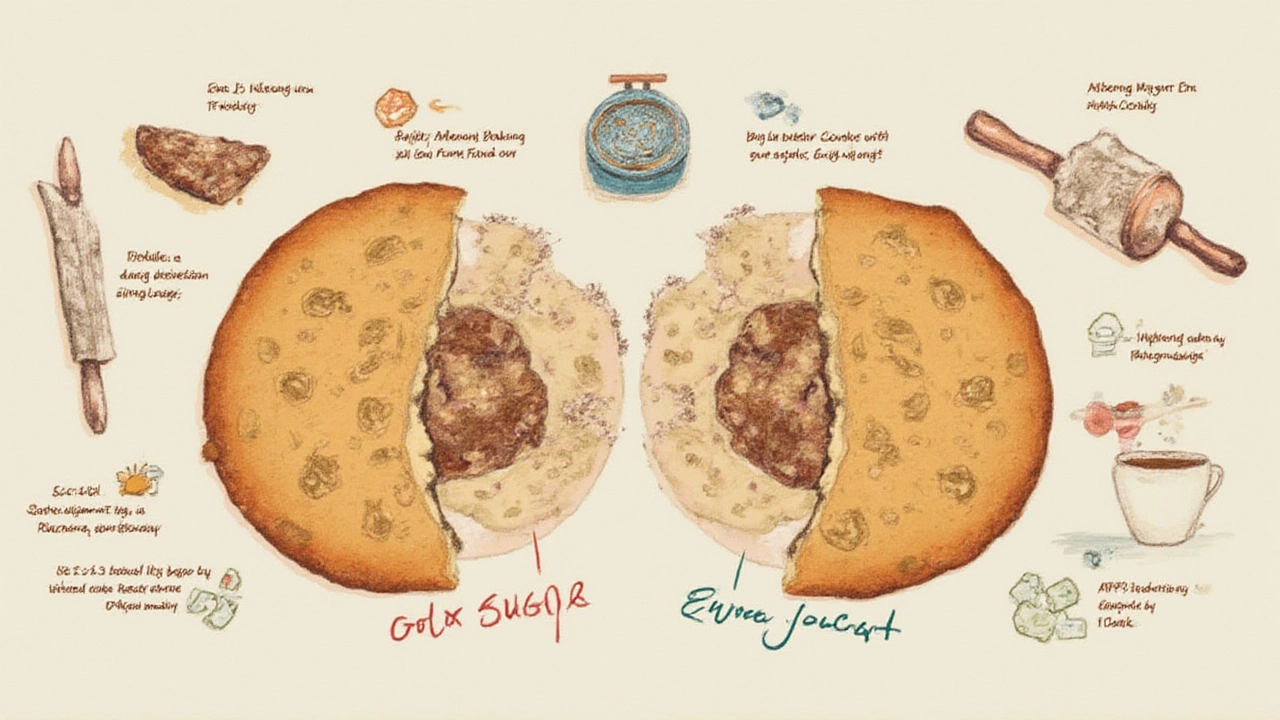
Fixing or Replacing Sugar: Tips, Tricks, and Recipe Tweaks
If you’re determined to bake cookies without sugar, you’ll need to make a few adjustments—or be ready for some serious compromise. Start by balancing moisture. Sugar replacement is about more than swapping ingredients. If you’re using a sugar substitute, most will absorb liquid differently. Erythritol, for example, can dry out cookies, so add an extra yolk or a splash of milk. Honey or agave syrup will make batter wetter, so you’ll want to cut back on other liquids and maybe up the flour a little.
For natural sweetness, mashed bananas or applesauce can work wonders, just don’t expect a traditional texture or flavor profile. About half a cup of mashed banana can stand in for one cup of sugar in chocolate chip cookies, but now they’ll taste like banana bread. Some folks love that; others, not so much. You do you! Another thing: sugars like maple syrup bring loads of extra flavor, plus trace nutrients, but they darken cookies faster, so pull them out of the oven earlier to keep them from burning.
If texture is your top goal, focus on fat. Butter and oil help make up for sugar’s moisture holding powers, so a little extra butter can help keep things chewy instead of tough. But don’t go wild—greasy cookies aren’t what anyone’s aiming for. Some veteran bakers recommend creaming your butter with whatever sweetener you’re using, even if it’s just banana purée, because this step aerates the dough for a lighter, less dense bite.
Wondering about flavor balance? Adding a pinch more vanilla or a bit of salt can help cover any “off” flavors from sugar substitutes. For chocolate cookies, a sprinkle of espresso powder can brighten up the taste when sugar is missing. Spices like cinnamon, nutmeg, or ginger serve as distractions and amplify whatever sweetness is left, so don’t be shy about experimenting, especially in oatmeal or spice cookie recipes.
If you just want to reduce sugar (but not cut it completely), here’s a great tip: most classic cookie recipes are written with the “sweet tooth” crowd in mind. You can often get away with using only 70-80% of the sugar called for before your cookies start to drastically change. Try this with your favorite chocolate chip recipe and see what happens—chances are, they’ll still pass the taste test. Another trick is to dust cookies with a little powdered sugar after baking, so you get the hit of sweetness on the surface without needing as much mixed in.
For reference, here’s a quick chart some bakers use for substitution:
| Sugar Substitute | How to Substitute | Main Effect on Cookies |
|---|---|---|
| Applesauce | 1:1 (by volume), reduce liquid | Moister, denser, mild apple taste |
| Banana (mashed) | 1:1 (by volume) | Soft, bread-like, distinct banana flavor |
| Maple Syrup/Honey | 3/4 cup per 1 cup sugar, reduce liquid | Moister, dark color, strong flavor |
| Erythritol | 1:1, may add liquid | Dry, can taste cool/minty |
| Stevia | Tiny amount (check package, super concentrated) | Often bitter aftertaste, little texture |
If you’re on the hunt for sugarless cookies that still impress, look for recipes specifically developed to be low- or no-sugar. Classic “shortbread” or biscuit-style cookies can sometimes tolerate a big cut in sweetness if you boost the butter and use flavorful additions (toasted nuts or citrus zest work wonders, trust me). Or try coconut cookies that rely on dried fruit for sweetness—they’re a game-changer.
And don’t forget: expectations matter. Sometimes the healthiest cookie is really just a “snack biscuit,” and you’re not fooling anyone, least of all your taste buds. But with enough creativity—and maybe a few fun experiments—you can get surprisingly close.
Next time you forget the sugar, or you’re simply feeling adventurous in the kitchen, at least you know what to expect. Just keep a glass of milk handy in case you need to soften up something! And if all else fails, remember, even failed cookies still make pretty good crumbles for ice cream. Whiskers would approve.



